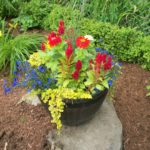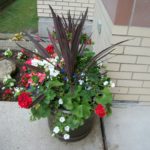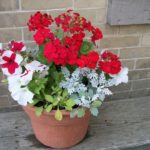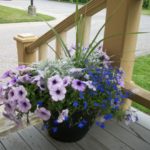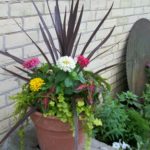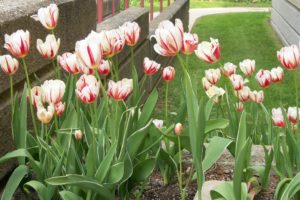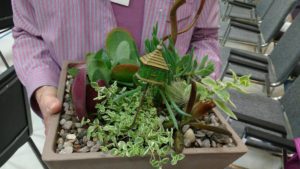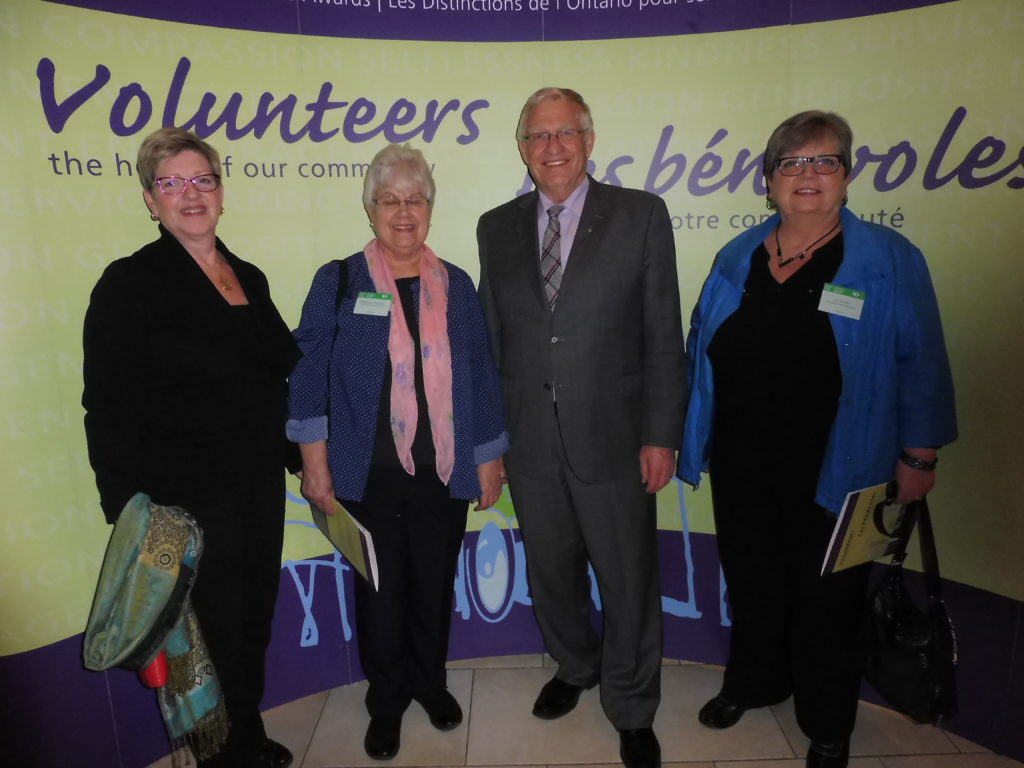by Angela Lassam
It’s Still Just Dirt, The Tillsonburg News – October 2017
Thanksgiving has been celebrated here in Canada and yet to come in America ever since the pilgrims in Boston. All countries have a celebration when their major crops have been harvested successfully. For most people it is just another long weekend and the real reason seems to be forgotten. It is a celebration for the end of another gardening year when we can gather and collect food we have grown for the wintertime. Sometimes it is called harvest festival which seems appropriate. Vegetables and fruit that we grow in our own gardens are still similar to back then and most are grown in the same way. Some of them are native although the ways we garden have changed. The traditional dinner has origins from many sources, some having evolved into different dishes but most of them are connected to the settlers from Europe.
Vegetables are primarily squash, sweet potatoes, root vegetables and corn. Also we must not forget the pumpkin for both Thanksgiving and Hallowe’en. Fruit includes apples, cranberries and grapes.
Root vegetables were stored dry like potatoes but they were dried before storing in sacks. Carrots and parsnip could be stored in dry sand if available. All squash need to be placed where they are dry and well aired. Corn could be canned although in days past it was dried and the corn was ground for cornmeal and used as flour for cooking. The settlers learned this from the Indians to replace flour in the early days. Pumpkin was used as a vegetable and in desserts.
When the settlers arrived they had no way to make pies so they made a dessert by removing the seedy center. They probably dried the seeds for the next year or cooked them and ate them as what we would call nowadays a snack. The original dessert made with pumpkin was a custard within the pumpkin called a Pie in a pumpkin. They filled the centre with a mixture of milk, honey and eggs and cooked it whole. I found a recipe online and wish to share it with you http://soufflebombay.com/2014/11/the-original-pumpkin-pie-way-pilgrims.html . Of course the pumpkin is also used for Hallowe’en and can be found in all shapes, colours and sizes.
Fruits that were readily available in early settlers’ time were apples, cranberries and grapes. They used them just to eat as a fruit. Apples came with the settlers and the first orchard according to history was established in Boston but not as we grow them today as cordoned but as regular trees. They made cider as a main drink which was fermented apple juice and used as the drink for Thanksgiving. They also dried them in rings for winter use. In later years they preserved them as apple sauce and butter in jars.
The early German settlers found cranberries in the bogs and marshes and introduced the cranberry sauce for meat accompaniment. Grapes, native to America were used as a juice or made into jelly. The grapes used in the wine industry today is not from the native grapes but an import from Europe.
Corn, pumpkins, squash and ornamental gourds have all the colors depicting the end of the growing season and are being used as natural decorations with dried leaves both inside and outside of our homes for fall and Thanksgiving. Most of these fruit and vegetables can be found in or around our gardens making the connection with Thanksgiving.
Next meeting will be on Tuesday, November 7th @7.30 pm in the Senior Centre Auditorium, Tillsonburg Community Complex. This month there will be Hilde Makkink from Makkink Sunflower Farm, Tillsonburg demonstrating decorating ideas. There will be three draws for her creations! Members remember this meeting is the Photo Competition results and tour sign up. Non-members welcome $2 per meeting or become a member and get extra benefits.
For further information check out www.tillsonburghorticultural.ca or join us on Facebook – tillsonburghorticultural.
